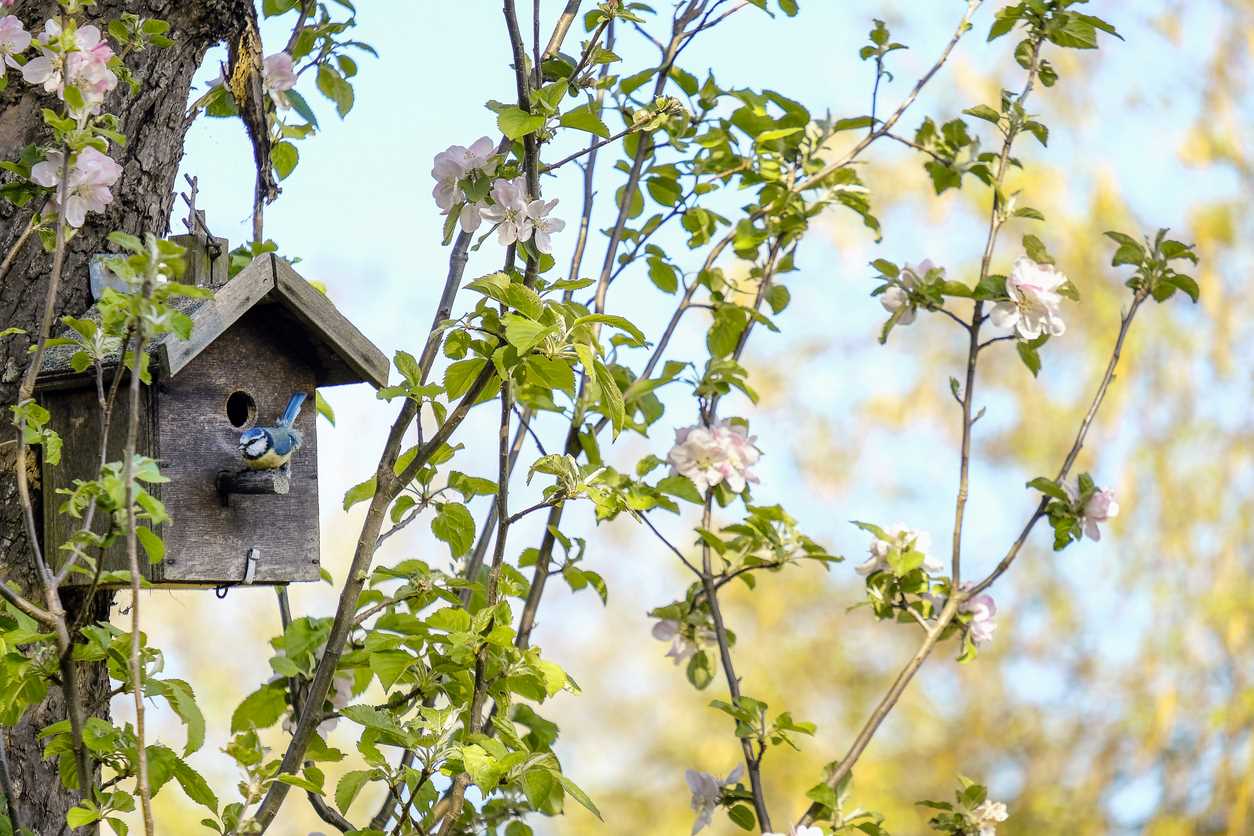
Barn Swallow
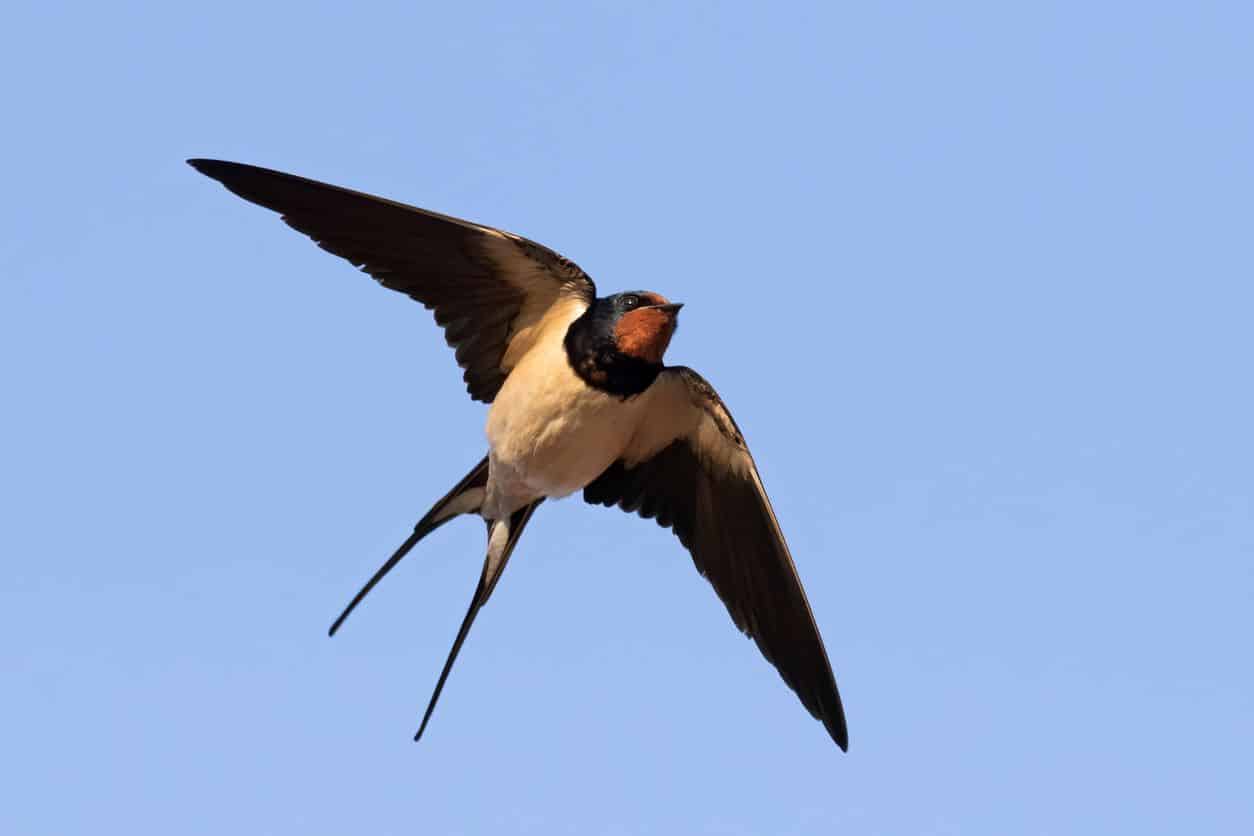

It is one of the first migratory birds to return to Europe to begin its nesting period. This little bird, now protected, because endangered, weighs between 16 and 25 g for a length of between 19 and 22 cm. This insectivore sports black plumage with bluish reflections on the wings, white on the belly, brick red on the throat.
The barn swallow is easily recognizable by its long, V-shaped tail. Also called the barn swallow, it can be observed near buildings or homes where it builds its nest.
Hoopoe


It’s difficult to remain impassive in front of this superb exotic-looking bird with its large crest with orange feathers spotted with black at the tips, its sand-orange plumage, its black wings striped with white and its long gray beak, tapered and slightly arched. This migratory, monogamous and territorial bird is exclusively insectivorous.
You can surprise this fairly large bird, measuring around 32 cm and weighing between 55 and 80 g, foraging in the soil of your garden in search of worms and insect larvae or you can hear the “hoopoup” that the male repeats tirelessly to attract females.
Gray Wagtail
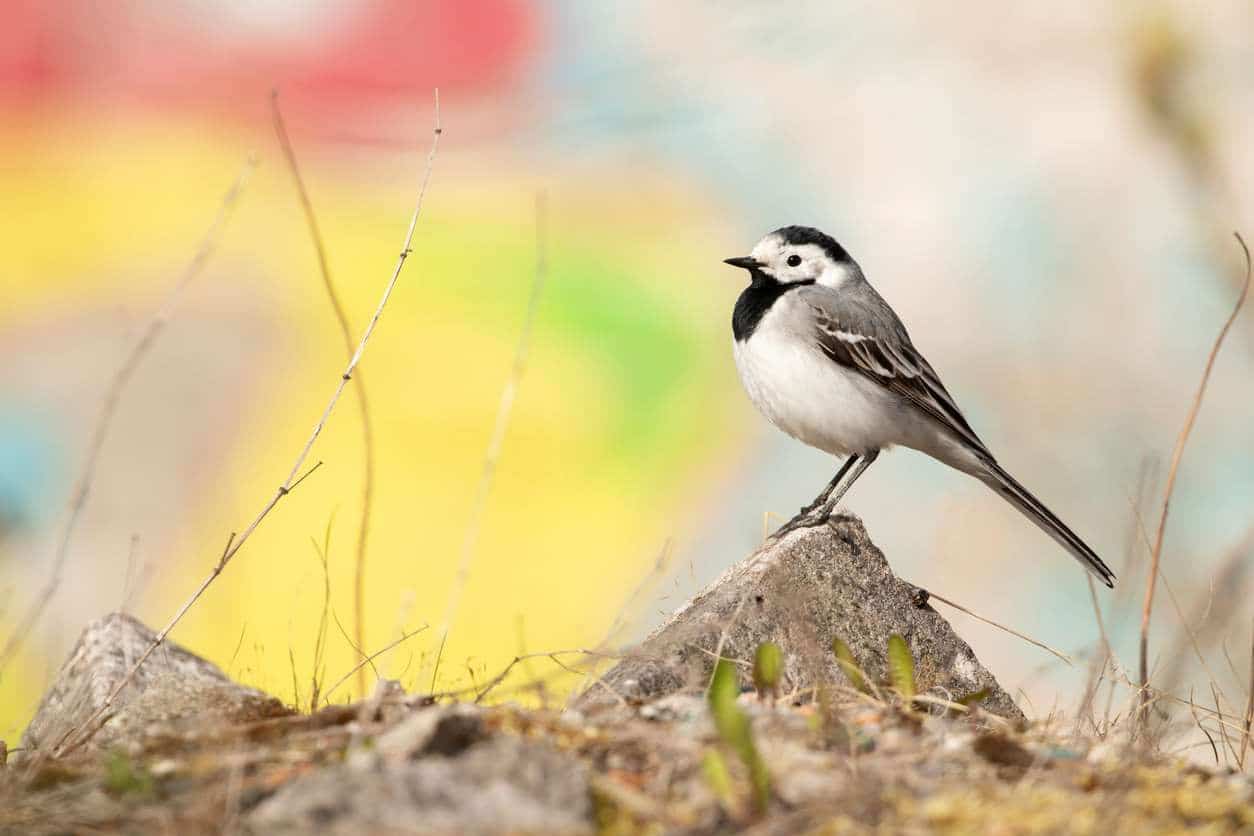

Like the robin, the gray wagtail belongs to the great passerine family. Also called Gray Rattletail, this small bird with a slender silhouette measures approximately 18 cm long and weighs between 19 and 27 g and is recognizable by its tricolor plumage composed of black, white and shades of gray, and its long tail. black bordered with white that he constantly shakes and the white mask that surrounds his head.
The gray wagtail can frequently be observed near water points where it establishes its nest, but also resting between the legs of livestock where it searches for insects.
Robin


Of the Muscicapidae family, the robin is unmissable with its orange-red plastron on its throat separated from the olive brown of its back by a bluish gray border. Measuring between 15 and 20 cm long, this rather plump, leggy little bird is quite common in Europe, Asia and North America.
What we appreciate about the nightingale is obviously its song, but it can also come and keep you company in your garden when you collect dead leaves or when you dig, because it then knows that it will find something what to feed on.
Serin cini
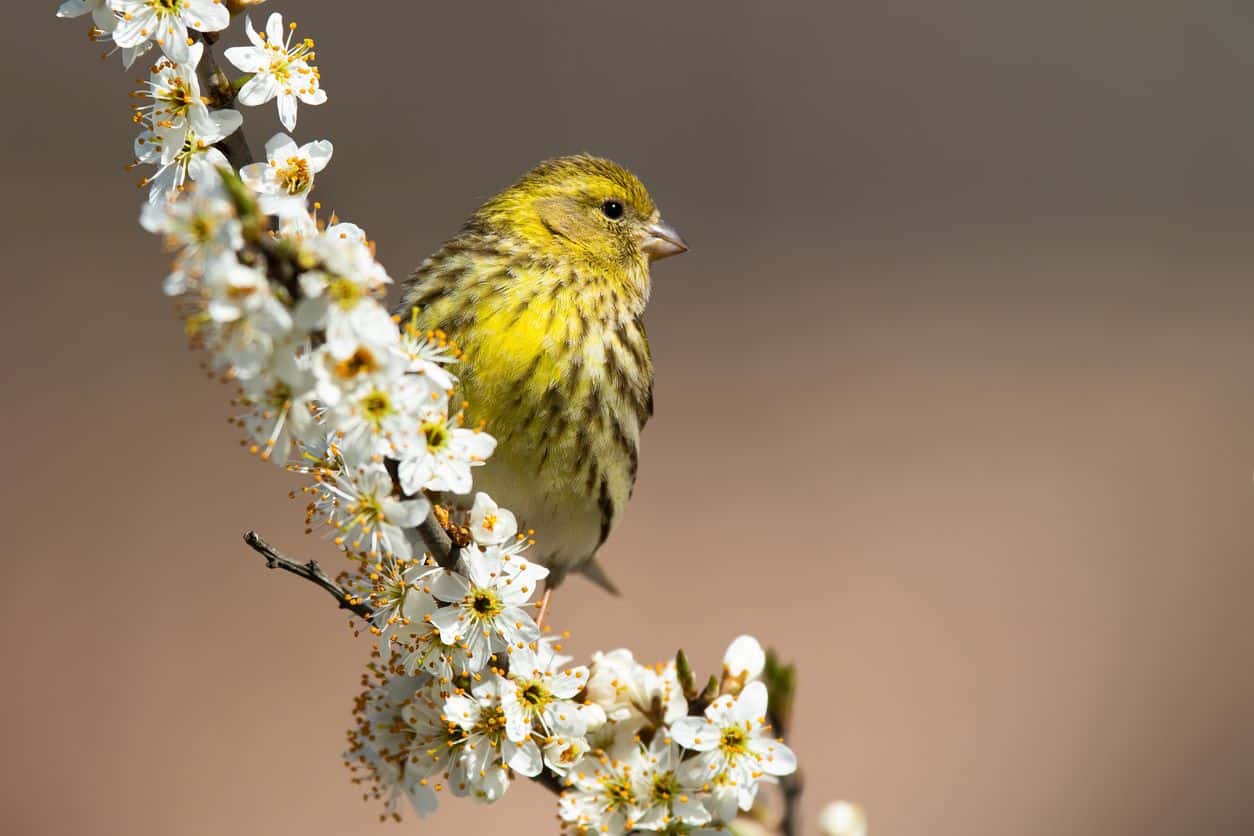

With its length of 11 cm and its weight of between 12 and 15 g, this bird is the smallest of the finch family. The male is distinguished by vibrant colors such as yellowish green, bright yellow, brown, white and black, while the female displays duller colors ranging from brown to gray.
This Migratory bird returns to our territory for the nesting period. It feeds on seeds, but also on buds and small flowers in spring, which means that it is frequently observed in urban areas and near parks, gardens and orchards.
Sparrow
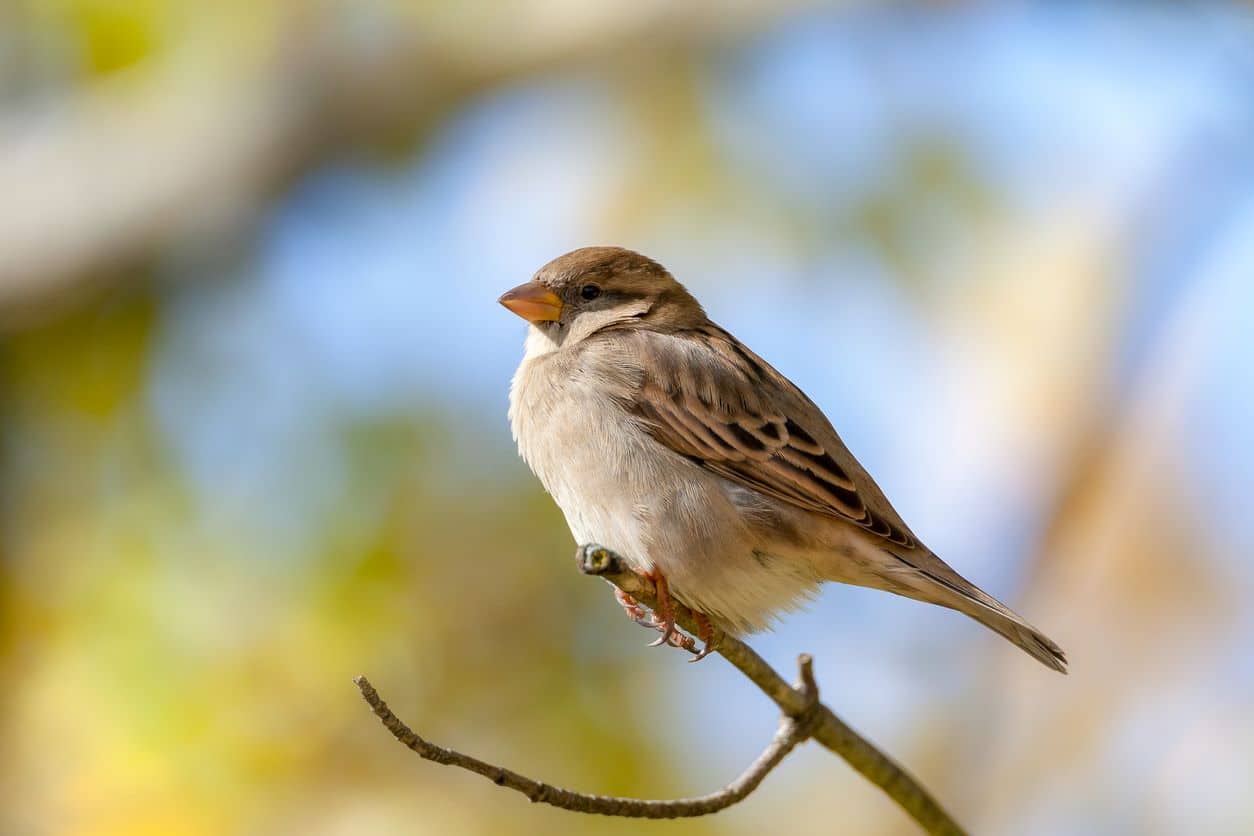

This common bird is found throughout the world. This small bird, measuring between 12 and 15 cm long and weighing 20 to 30 g, is very curious and very familiar, and is characterized by sociable behavior. Its plumage is gray-brown with white patterns on the wings and tail. As for its head, it is generally black with a white stripe above the eyes.
Blackbird
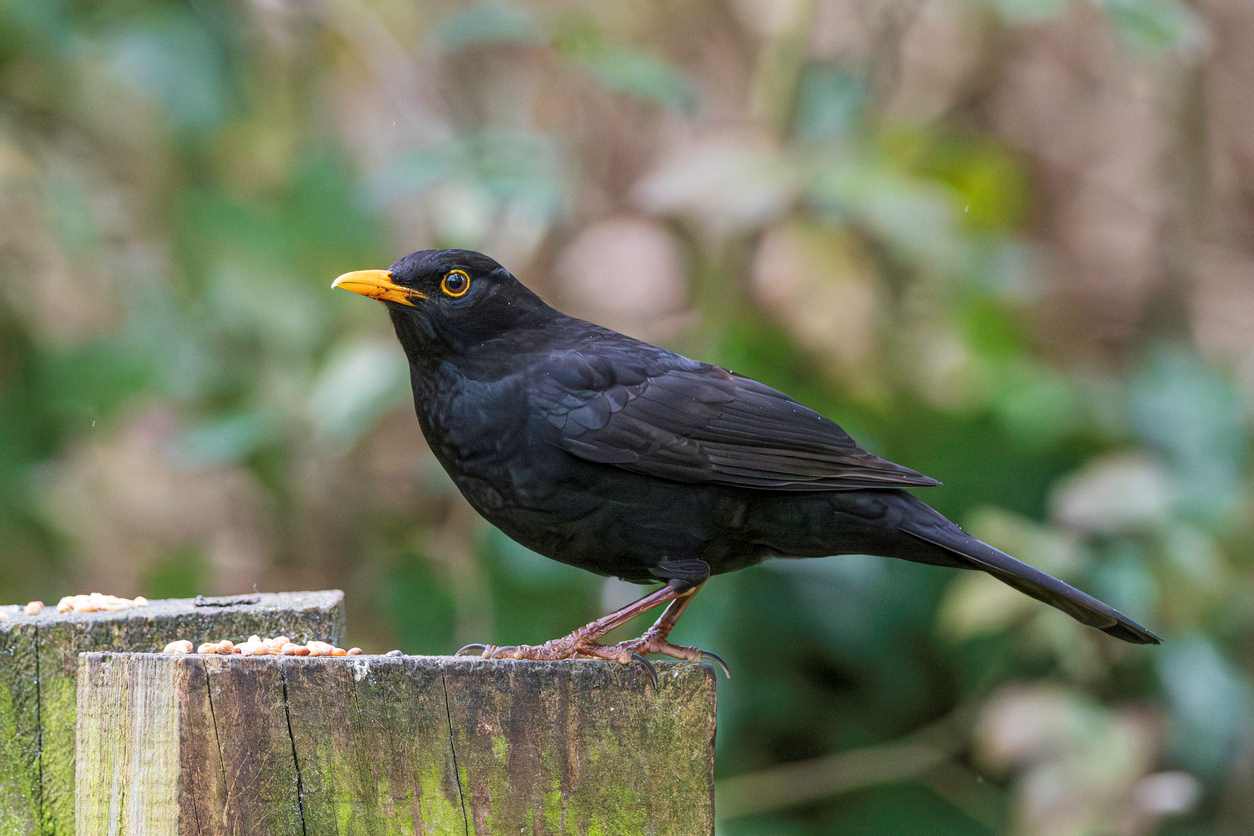

Of the Turdidae family, the most common blackbirds in Europe are the blackbird, the American blackbird and the African blackbird. Measuring between 20 and 30 cm long and weighing 30 to 50 g, the male blackbird has black plumage with which the orange-yellow beak and the yellow circle around each eye contrast, while the female has light brown plumage speckled on the chest without the contrast provided by the orange-yellow.
If a blackbird comes to settle in your garden, it will delight you with its melodious song, synonymous with spring. The blackbird particularly likes gardens with berry bushes, because it feeds on insects as well as slugs, mice, etc., berries and small fruits.
Dove


This is a bird which is part of the Columbidae family. There are different species that are commonly found in Europe and that you can regularly see in your garden, as they feed on fruits, seeds and berries. Generally measuring between 25 and 30 cm long, doves have a wide, curved beak, and plumage whose color varies depending on the species. They can be gray, green, brown, white, or even pink. Their song is soft and soothing.
Great tit
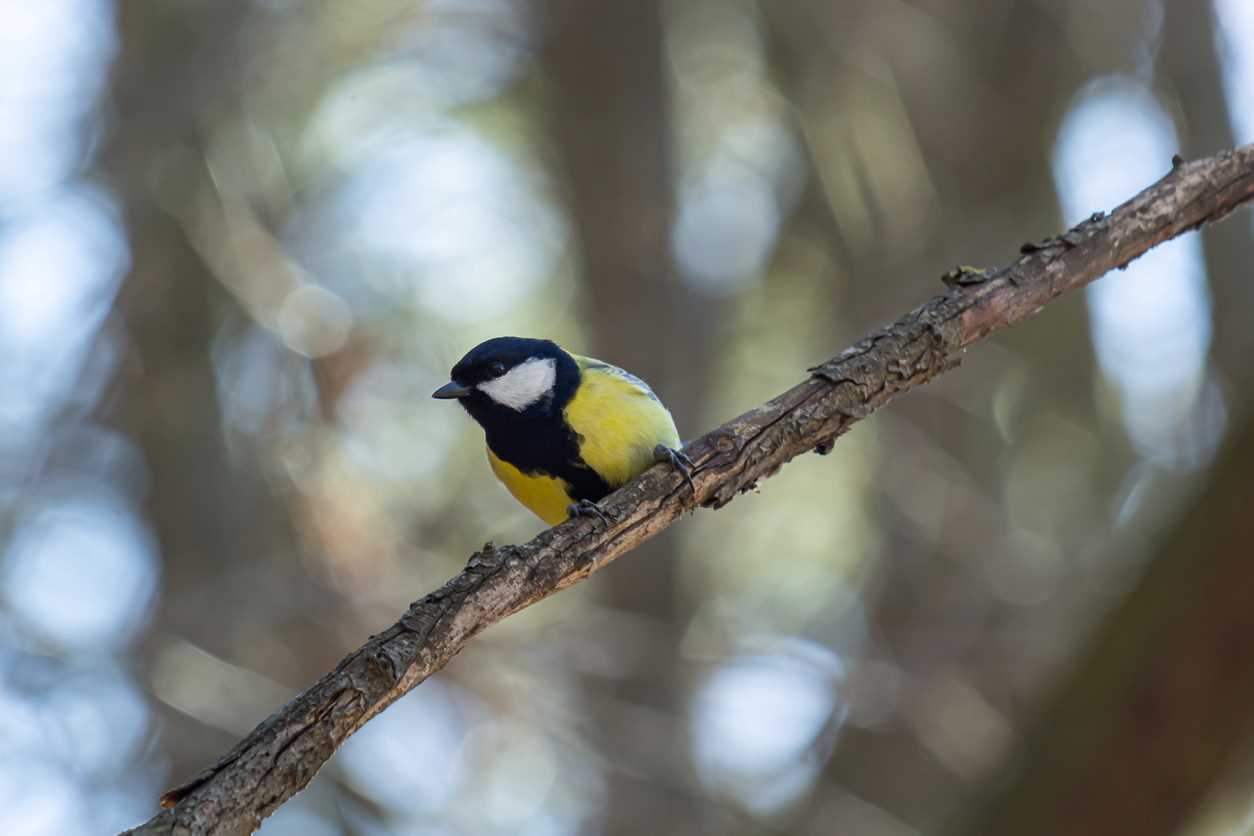

Of the Paridae family, there are different species of tits, such as the blue tit, the crested tit, the black tit and the great tit, which is the most common in France. The great tit is easily recognizable: its plumage is yellow-green or yellow with white cheeks, throat, a crown on the head, a tie, black wings and tail.
In your garden, it will come to feed on seeds, berries and insects, and look for something to build a cozy nest, that is to say grass, moss, twigs and even hair. dog or other animal.

